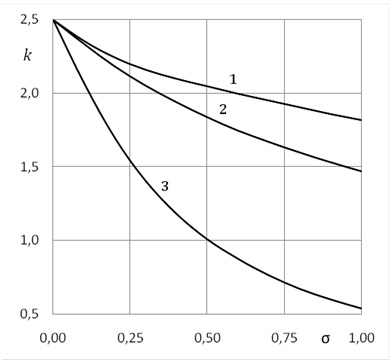
We consider the problem of the rotational motion of a spherical body in an unbounded viscous suspension in the Stokes approximation for the carrier continuous medium. An expression is obtained for the torque acting on the body in the first approximation in the volume fraction of the dispersed phase. Based on the solution obtained an expression is found for the effective viscosity of suspension, "as seen" by the body while rotating in a dispersed medium. It is shown that the coefficient for the volume fraction in the formula for the effective viscosity of suspension depends on the scale factor – the ratio of radius of dispersed particles and a body. Based on a comparison with the results of the previously discussed problems of the translational motion of a solid sphere and a spherical bubble in a viscous suspension it is shown that the effective viscosity of suspension depends also on the boundary conditions on the surface of the body and on the character of its motion in dispersed medium. In the particular case when the size of the dispersed particles is negligible compared to the size of the body, all the formulae obtained coincide with Einstein's result.
hydrodynamic interaction, dispersed medium, viscosity, suspension, self-consistent field method

Рассмотрена задача о вращательном движении сферического тела в безграничной вязкой суспензии в приближении Стокса для несущей сплошной среды. Получено выражение для момента сил, действующего на тело, в первом приближении по объемной концентрации дисперсной фазы. На основе полученного решения найдено выражение для эффективной вязкости суспензии, как ее «видит» тело при вращении в дисперсной среде. Показано, что коэффициент при объемной концентрации в формуле для эффективной вязкости суспензии зависит от масштабного фактора – отношения размеров дисперсных частиц и тела. На основе сравнения с результатами ранее рассмотренных задач о поступательном движении твердой сферы и сферического пузыря в вязкой суспензии показано, что эффективная вязкость суспензии зависит также от граничных условий на поверхности тела и характера его движения в дисперсной среде. В частном случае, когда размер дисперсных частиц пренебрежимо мал по сравнению с размером тела, все полученные формулы совпадают с результатом Эйнштейна.
гидродинамическое взаимодействие, дисперсная среда, вязкость, суспензия, метод самосогласованного поля